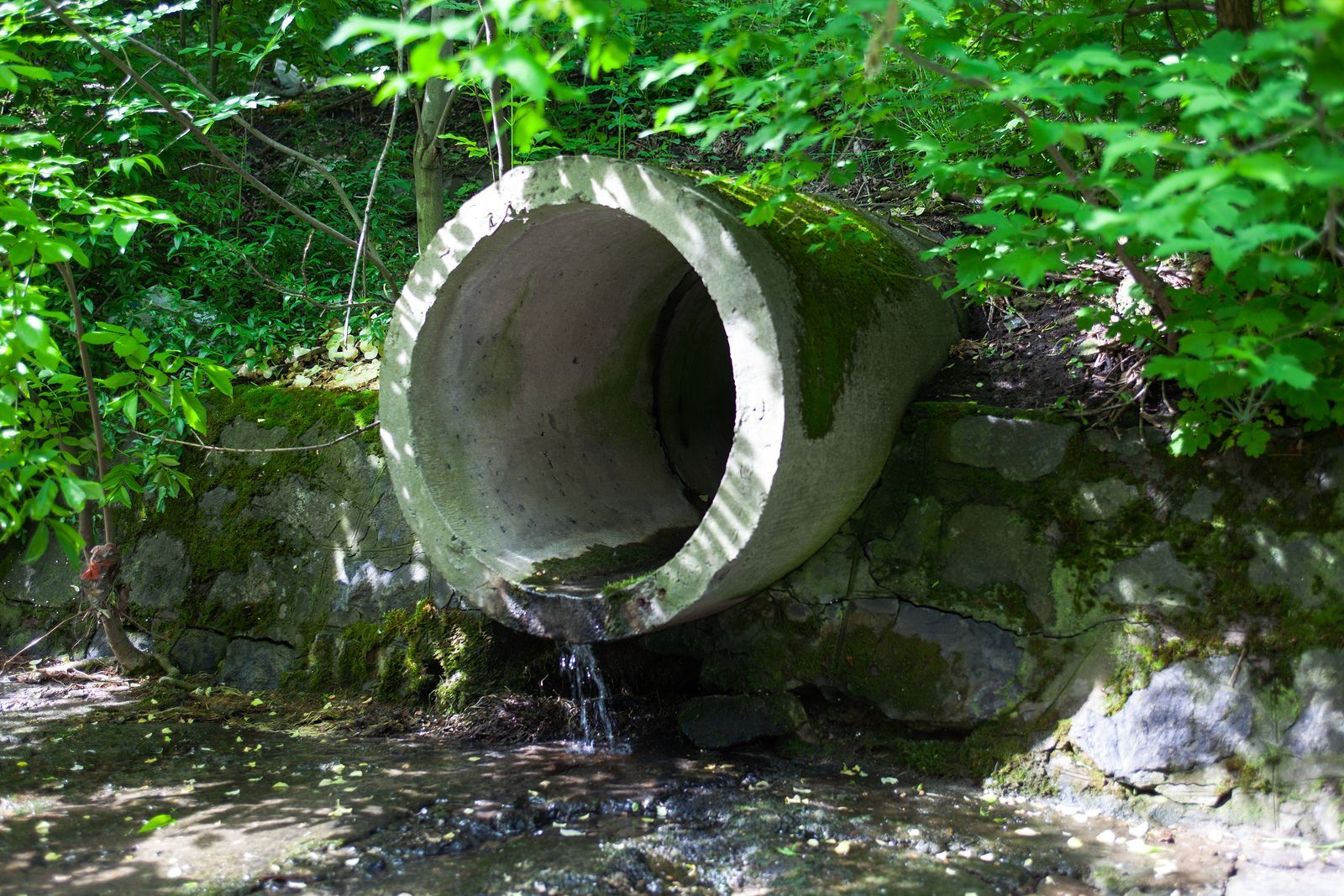Structural Engineering Services Include Stormwater Pollution Prevention
Stormwater pollution prevention is an important concern for local governments and citizens because significant stormwater runoff can have negative environmental and health consequences. Companies offering structural engineering services can craft effective plans for averting stormwater pollution.
Impacts of Stormwater Runoff
Stormwater runoff refers to rain or melted snow that flows over land and does not become absorbed by the soil. It is a natural occurrence and does not pose harmful effects in small amounts. However, big storm events can heighten runoff volume, velocity and temperature which could result in lower soil infiltration.
High-volume and high-speed stormwater runoff can severely erode stream banks and degrade biological habitats. Furthermore, it can lead to flooding and contamination of drinking water resources. Stormwater pollution happens because the runoff picks up trash and other pollutants along the way, including toxic substances such as, pesticides.
Likewise, runoffs from unstabilized construction sites can produce a loss of around 35 to 45 tons of sediment acres annually, according to the U.S. Environmental Protection Agency. The sediment can reach streams, decrease sunlight reaching water plants, choke fish gills, suffocate habitats and spawning spaces and block navigation in waterways.
Stormwater Pollution Prevention through Structural Engineering Services
There are best management practices (BMPs) that deal with controls and activities that deter stormwater pollution, including structural and non-structural BMPs. Structural BMPs refer to silt fences, sedimentation areas, erosion control systems and temporary or permanent seeding. Non-structural BMPs are composed of practices like picking up debris and garbage, sweeping sidewalks and streets, maintaining wastewater management equipment and training site staff on proper erosion and sediment control practices.
Structural engineering services offer different approaches and systems to preventing stormwater pollution. Erosion and sediment controls refer to structural and non-structural practices included in stormwater pollution prevention plans. Erosion controls keep the soil in place during stormwater runoffs, while sediment control intends to maintain sediments in place and collect sediment from stormwater runoff. Essentially, sediment controls can offer a second line of defense against erosion. Erosion and sediment controls can include a hydrodynamic separator that can handle drainage areas and prevent large stormwater runoff.
An effective stormwater pollution prevention plan needs to follow a few basic practices. The site must be stabilized to prevent runoff during construction. Slopes and channels must be protected through pipe slope drains, as well as earthen berms. Impervious surfaces must be decreased to reduce runoff and enhance soil infiltration.
Site perimeter control is critical and done through conveying overflow to other non-runoff-sensitive areas. Protect surface waters through additional erosion and sediment controls. Implement pollution prevention laws and procedures. Lastly, decrease the area and duration of soil exposure through proper construction phasing.
Structural engineers who follow these practices accomplish the fundamentals of a well-functioning stormwater pollution prevention plan.
Sources:
“City Looks At Creating Stormwater Utility To Prevent Pollution,” David Erickson, Missoulian, August 30, 2016,
“Developing Your Stormwater Pollution Prevention Plan: A Guide for Construction Sites,” U.S. Environmental Protection Agency, 2007,












